Click the blue text

Follow us
Understanding a Chinese herb each week – Hong Hua (Safflower)

Hong Hua, also known as Hong Lan Hua (Red Blue Flower) or Ci Hong Hua (Thorny Safflower), belongs to the Asteraceae family and the genus Carthamus. The dried tubular flowers are orange-red, with narrow flower tubes that split into five lobes at the tip. The lobes are linear, and the yellow anthers are fused into a tube that extends beyond the lobes, with a central stigma exposed. It has a distinctive fragrance and a slightly bitter taste. The best quality has long petals, bright red color, and a soft texture.
Hong Hua is an annual herb, growing to a height of 50-100 cm (up to 150 cm). The stem is erect, branched at the top, and all stems are white or light white, smooth, and hairless. The middle and lower leaves are lanceolate or oblong, measuring 7-15 cm long and 2.5-6 cm wide, with margins that can be coarsely serrated, finely serrated, or entire, with very few deeply lobed leaves. The leaf tips have spines that are 1-1.5 mm long, and the upper leaves gradually become smaller and lanceolate with serrated edges, where the tips can be up to 3 mm long. All leaves are hard, leathery, hairless, and glossy, with no petiole at the base, clasping the stem.
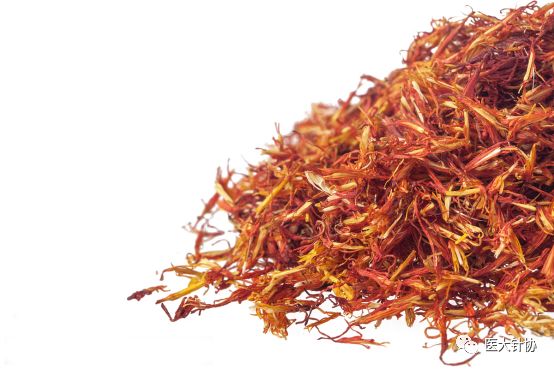
The flower heads are numerous, arranged in a corymb at the top of the stem, surrounded by bracts. The bracts are oval or ovate-lanceolate, with the tips having spines that are 2.5-3 cm long, and the edges may have spines that are 1-3 mm long or none at all. The overall involucre is oval, with a diameter of 2.5 cm. The involucre has four layers, with the outer layer being lyre-shaped, and the middle or lower part having a constriction. The inner layers are green, with edges that may or may not have spines, and the tips are gradually pointed. The small flowers are red or orange-red, all bisexual, with a corolla length of 2.8 cm, a slender tube length of 2 cm, and the corolla lobes nearly reaching the base of the throat.

Indications: Dysmenorrhea, amenorrhea, traumatic injuries, joint pain, coronary heart disease. The fruit is also used medicinally, with effects similar to the flowers. It is contraindicated for pregnant women and should be used with caution in those with a tendency to bleed. The seeds contain more oil than soybeans, with linoleic acid content as high as 84%, which helps lower blood lipids and serum cholesterol, preventing atherosclerosis, making it the top choice among cooking oils. In medicine, safflower oil is widely used as an antioxidant and stabilizer for vitamins A and D.
Functions: Invigorates blood circulation, regulates menstruation, dispels blood stasis, and alleviates pain.
Dosage: For internal use: decoction, 3-10 g. Use less for nourishing blood and more for invigorating blood and dispelling stasis.
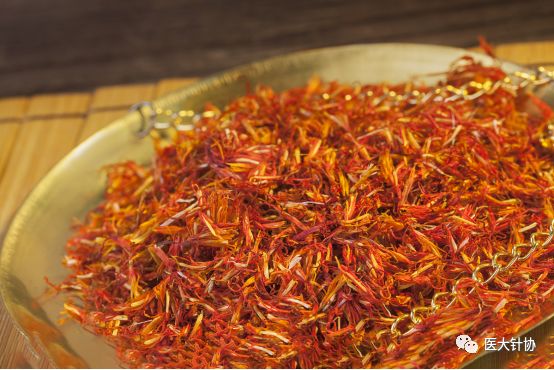
Su Mu (Sandalwood) and Hong Hua (Safflower) have similar functions, both invigorating blood and dispelling stasis, regulating menstruation, and alleviating pain. Both can harmonize blood, break blood stasis, and provide both tonifying and purging effects. However, Hong Hua is warm in nature, while Su Mu is cool and can dispel wind. Hong Hua specifically treats blood-related issues, while Su Mu can disperse wind from both the exterior and interior.
Hong Hua can also be used as a menstruation-regulating herb, with effects of breaking blood stasis, invigorating blood, and reducing swelling and pain, primarily treating women’s menstrual irregularities. It not only has medicinal value but its seeds can be pressed for oil, making it an important oilseed crop, with a seed oil content of 34-55%. The oil contains 0.5% gamma-oryzanol, with 80 mg per kilogram of oil, and is rich in phospholipids. Safflower oil contains a high level of unsaturated fatty acids, with linoleic acid content reaching 70-80%, which has beneficial effects on the cardiovascular system. Additionally, safflower oil contains a significant amount of vitamin E (146 mg/100 ml), which is unmatched by other oils. Safflower oil can be consumed directly and has excellent health benefits. It can also be developed into linoleic acid capsules, vitamin E supplements, and cosmetics. The safflower protein in the oil cake is also a high-value product.
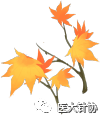
Dosage
1. For treating red swelling and pain in half the body: use safflower powder mixed with vinegar for external application. (From “General Principles of Pediatric Hygiene”)
2. For treating chronic ear discharge with foul odor: use 1 part safflower and 1 tael of white alum (burnt to ash). Grind the ingredients into a fine powder and use a small amount in the ear.
3. Safflower wine formula: has the effects of invigorating blood, dispelling stasis, promoting qi, and alleviating pain. (From “Essentials of the Golden Chamber”)
4. Tao Hong Si Wu Tang (Peach Blossom Four Substance Decoction): nourishes blood, invigorates blood, and dispels stasis. (From “Medical Canon of the Golden Mirror”)
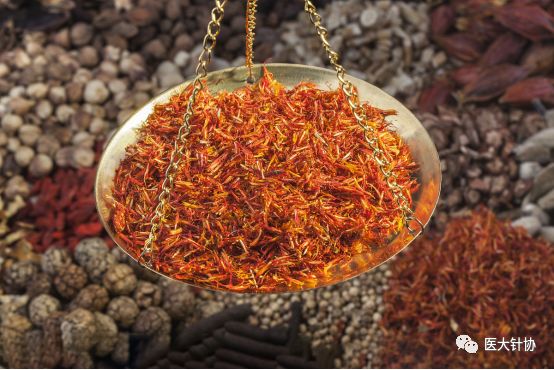
5. Shen Tong Zhu Yu Tang (Body Pain Dispelling Stasis Decoction): invigorates blood, promotes qi, dispels stasis, and unblocks channels, primarily treating shoulder pain, arm pain, lower back pain, leg pain, or generalized pain due to qi and blood obstruction in the meridians. (From “Corrections in Medical Practice”)
6. Fu Yuan Huo Xue Tang (Restorative Blood Invigorating Decoction): invigorates blood, dispels stasis, and soothes the liver, primarily treating traumatic injuries with stasis under the ribs, causing unbearable pain. (From “Medical Inventions”)
7. Xue Fu Zhu Yu Tang (Blood Mansion Dispelling Stasis Decoction): invigorates blood, dispels stasis, promotes qi, and alleviates pain, primarily treating blood stasis in the chest, poor blood circulation, chest pain, and persistent headaches with stabbing pain in a fixed location. (From “Corrections in Medical Practice”)
8. Tong Qiao Huo Xue Tang (Orifice Unblocking Blood Invigorating Decoction): invigorates blood and unblocks orifices, primarily treating headaches and dizziness due to blood stasis in the head, as well as vitiligo, women’s blood deficiency, and children’s malnutrition. (From “Corrections in Medical Practice”)
9. For treating throat obstruction and imminent death: take one liter of juice from crushed safflower and gradually consume until recovery. If there is no moisture in winter, use dried flowers soaked to extract juice as before. (14-15 formulas from “Sacred Benefits”) Safflower is warm in nature, spicy in taste, invigorates blood circulation, regulates menstruation, and dispels stasis to alleviate pain. It is used for amenorrhea, dysmenorrhea, retained lochia, abdominal masses, and traumatic injuries. Ancient practitioners often added a small handful of safflower when blood was present in the body. A gauze bag boiled can be used for foot baths twice a day, suitable for various conditions such as varicose veins, peripheral neuritis, poor blood circulation, and numbness or cyanosis in the legs due to blood stasis.
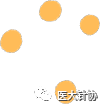
Contraindications for Safflower
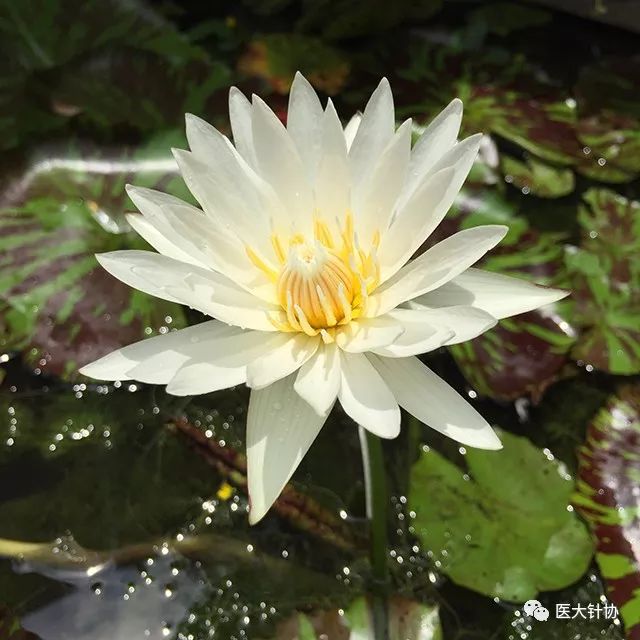
Pregnant women should avoid safflower, and those with a tendency to bleed should use it with caution.
Improper use of safflower can lead to toxic reactions, primarily manifesting as abdominal discomfort, abdominal pain, diarrhea, or even gastrointestinal bleeding, and severe abdominal cramps, with women experiencing excessive menstrual bleeding. This is mainly related to safflower’s stimulating effects on the intestines and uterus. In cases of poisoning, some may experience confusion, tremors, and in severe cases, seizures, with respiratory stimulation followed by suppression, leading to circulatory and respiratory failure. A few patients may experience dizziness, rashes, and transient urticaria, related to safflower’s stimulating effects on the nervous system and allergic reactions. The main causes of safflower poisoning are misuse and excessive dosage. Therefore, in clinical practice, it should be avoided in pregnant women, and those with ulcer disease and bleeding disorders should use it cautiously, with a recommended dosage (for decoction) not exceeding 3-9 g.


Image and text source | External Relations Department
Image and text layout | Publicity Department
Image and text review | Ling Xiaoting
Long press the QR code to follow us

